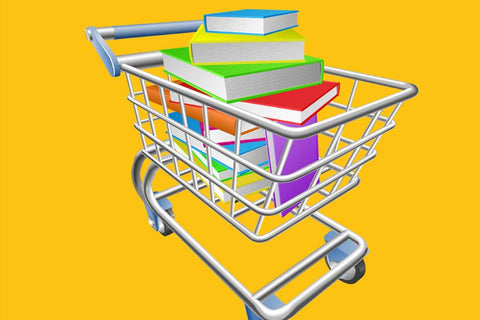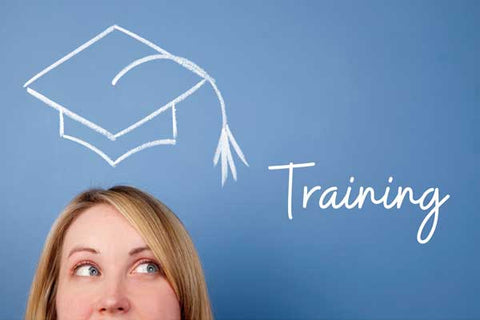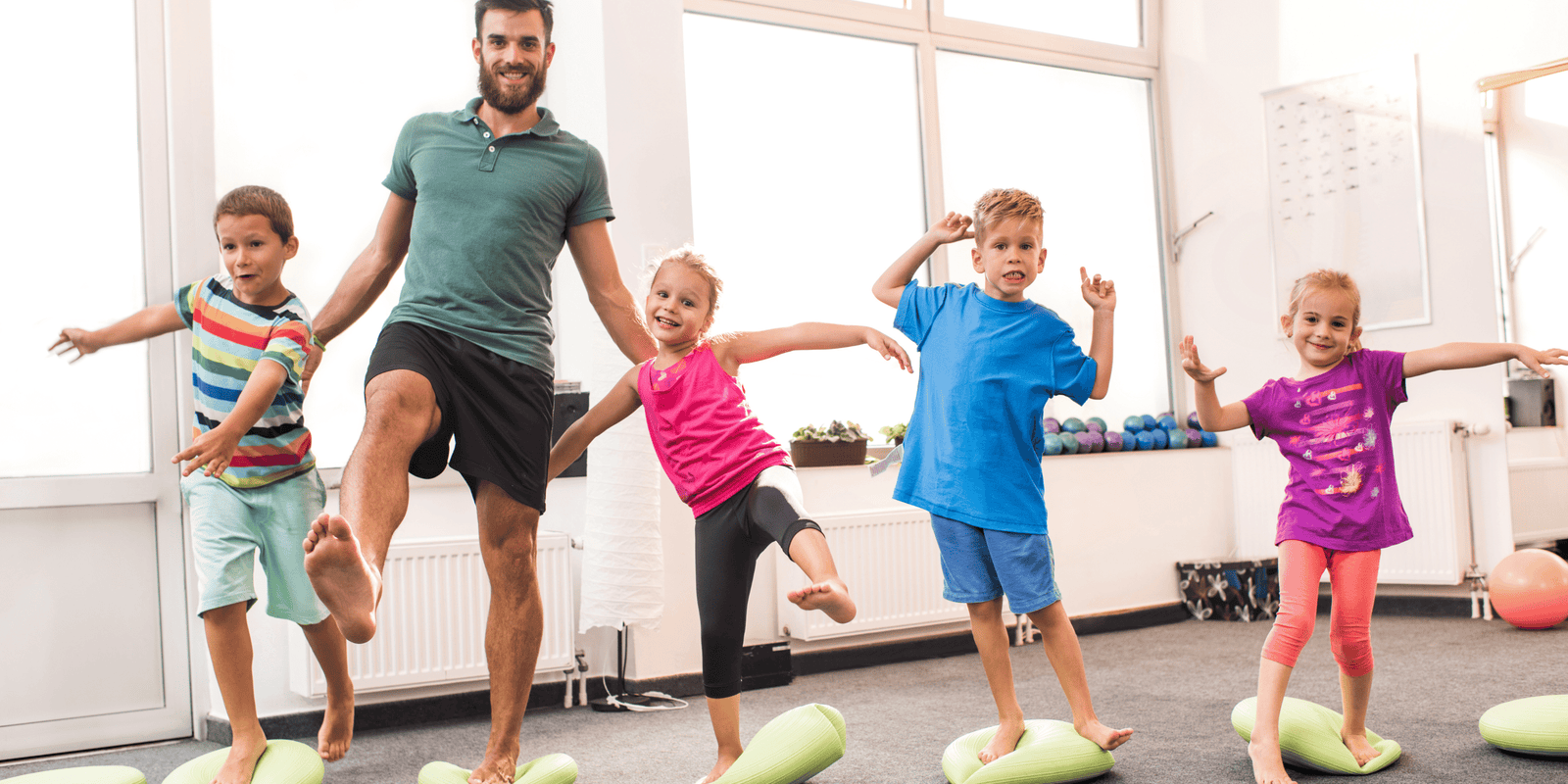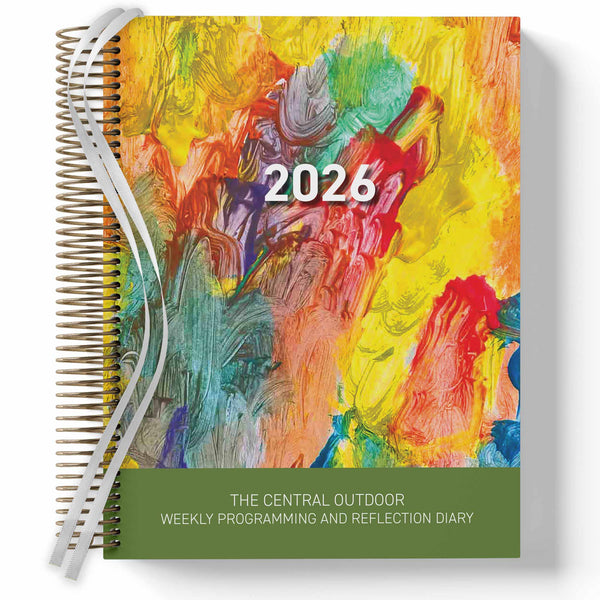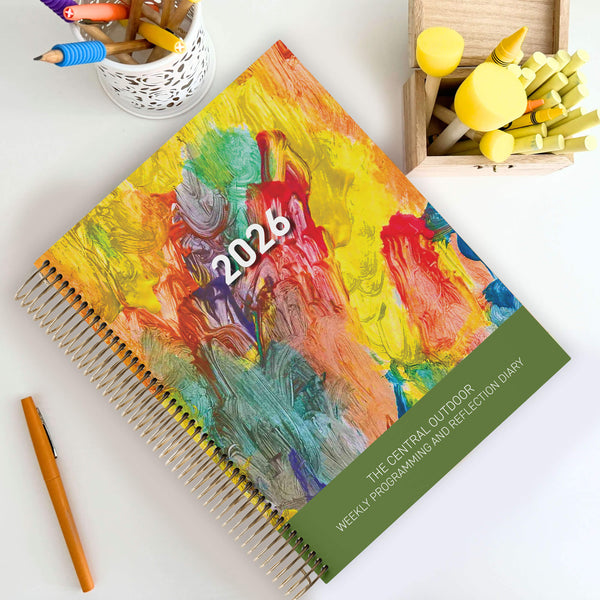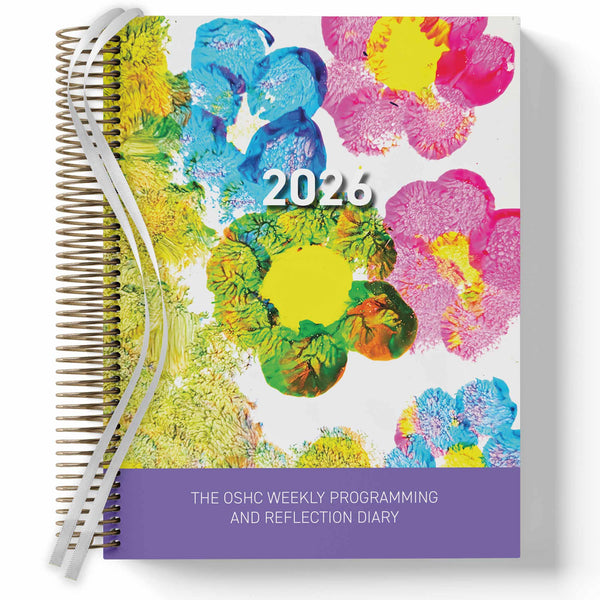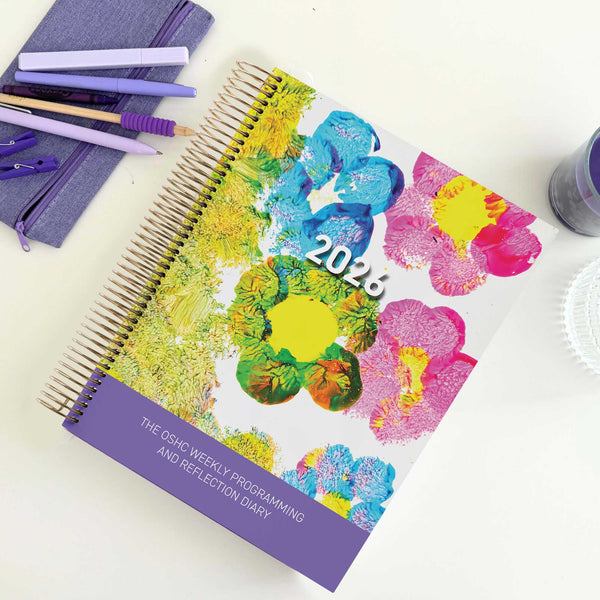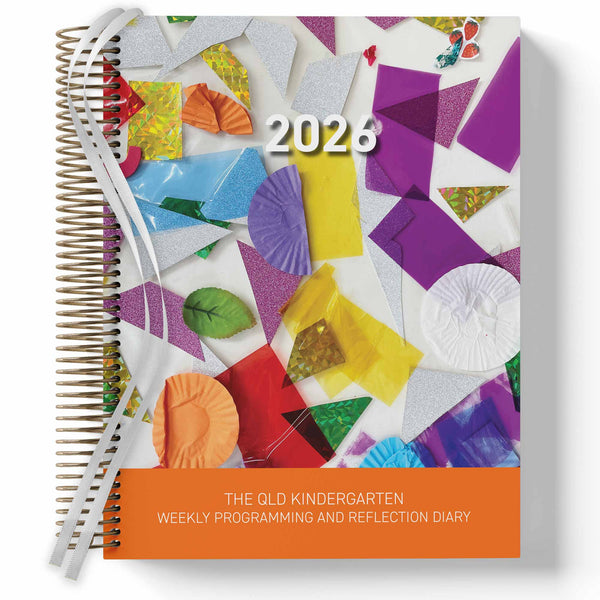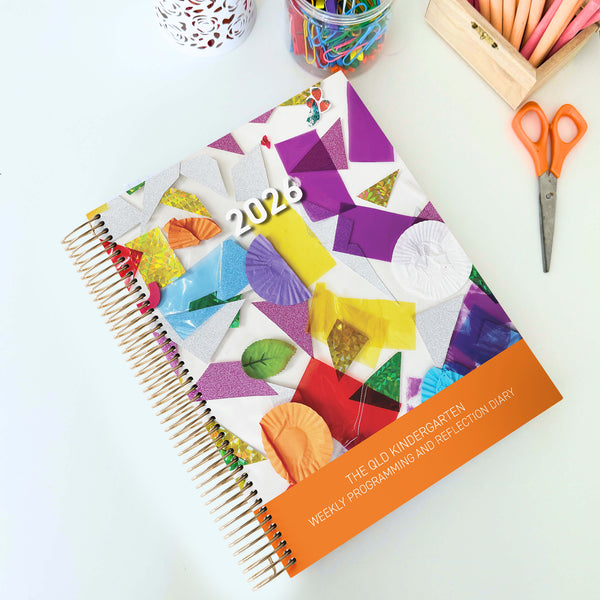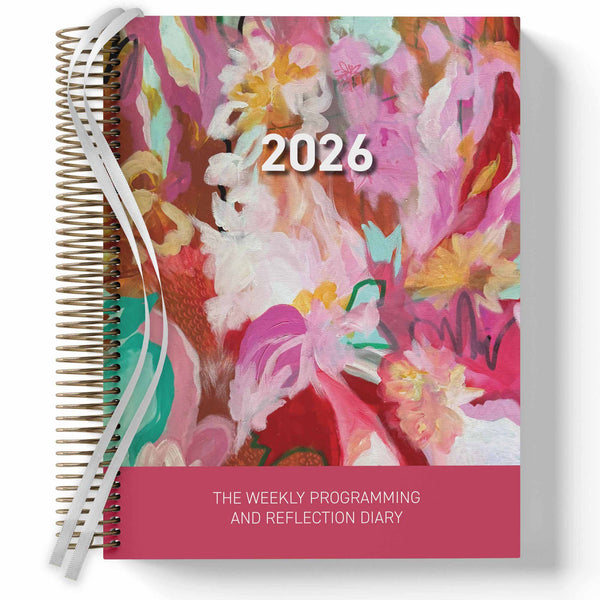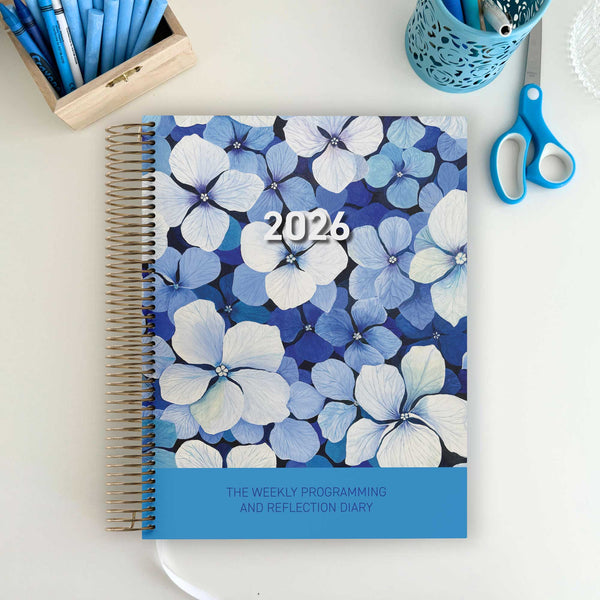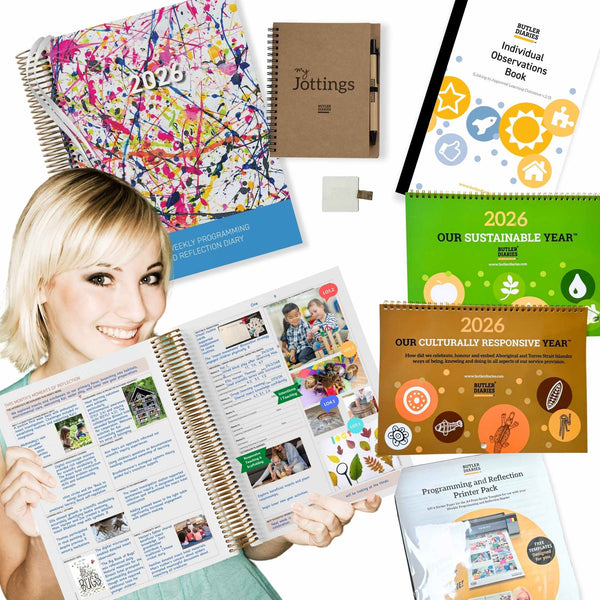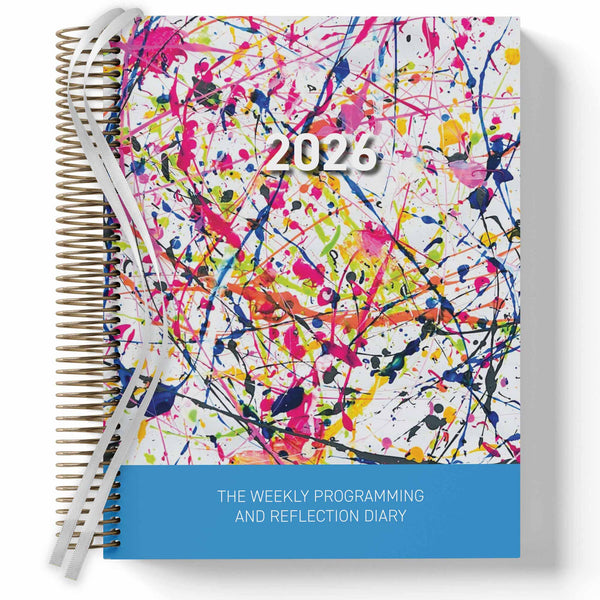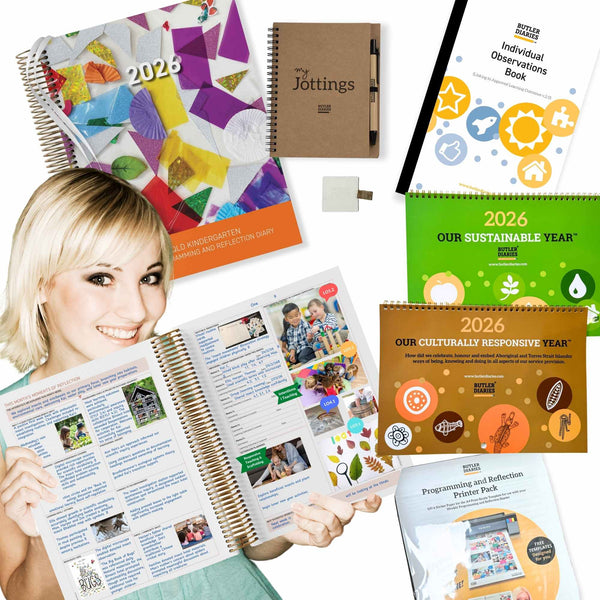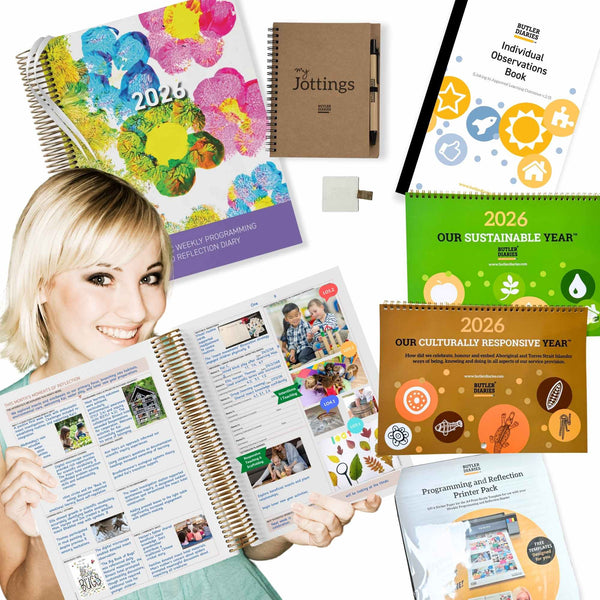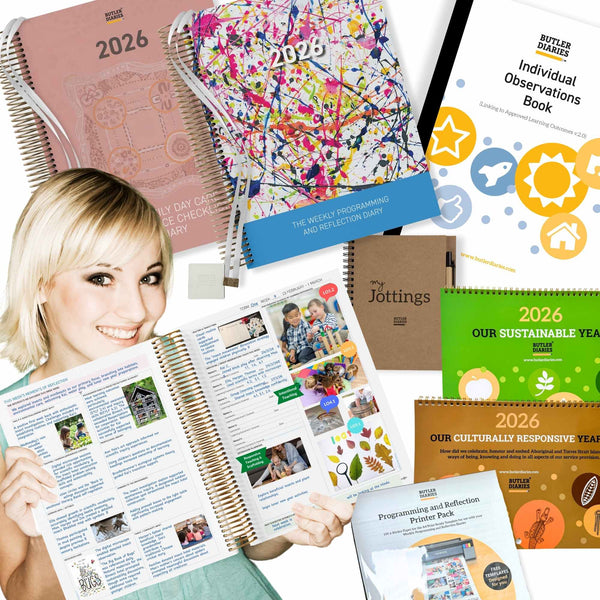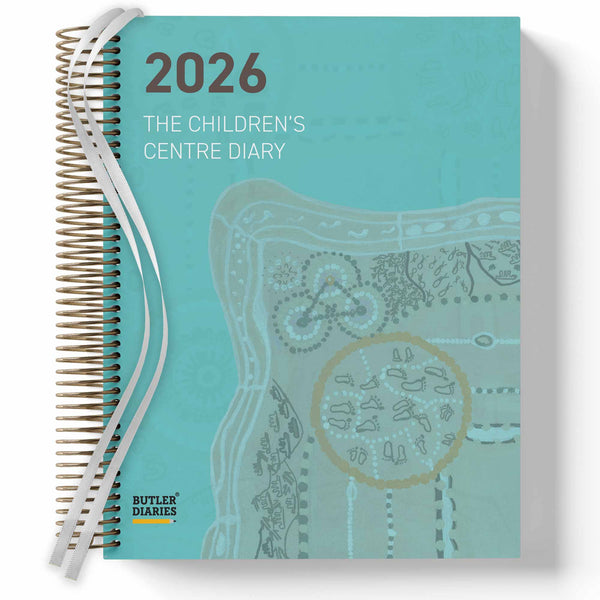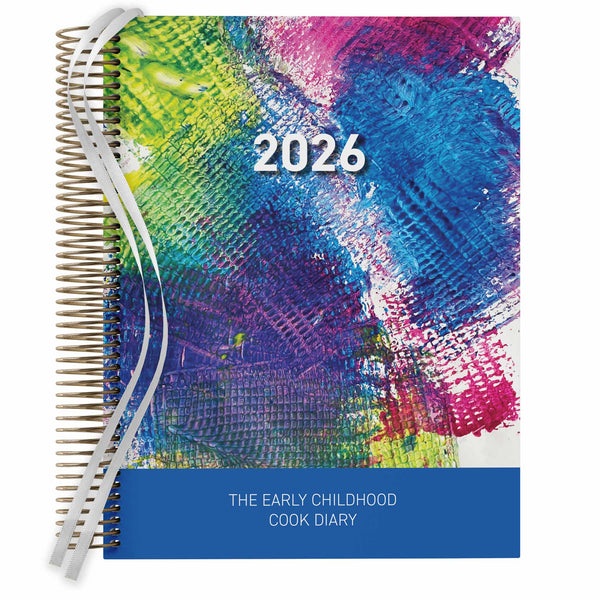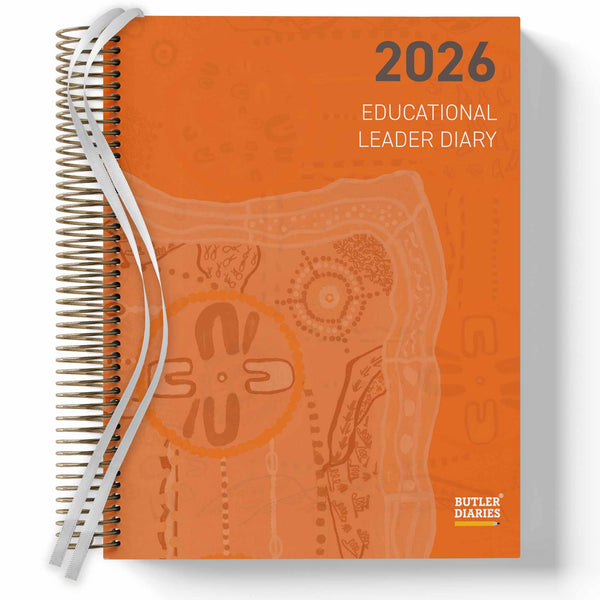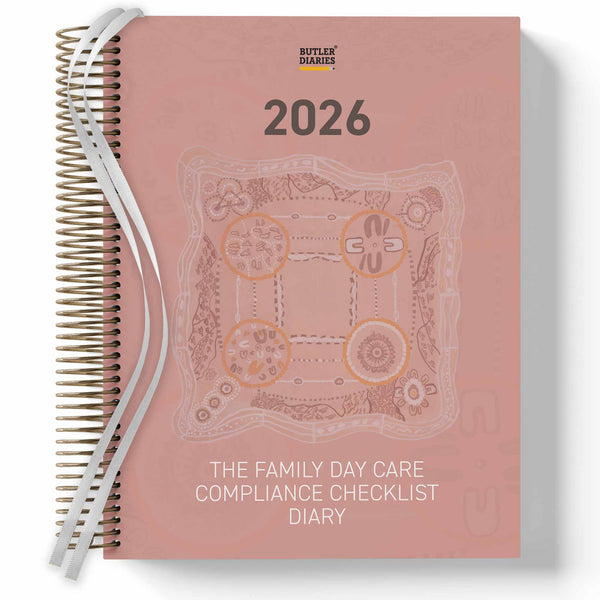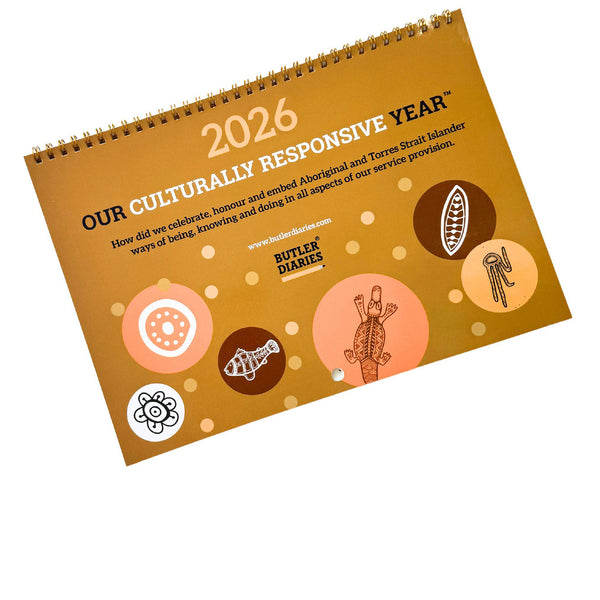Age Group: 0-2 Years
In the first two years of life, children are rapidly developing their gross motor skills. Here are some activities tailored to this age group:
-
Tummy Time: Encourage infants to spend time on their tummies. This helps develop neck and upper body strength. Place colourful toys just out of reach to motivate them to lift their heads. This activity promotes Outcome 1: "Children have a strong sense of identity" by helping infants develop their physical abilities and self-confidence. It also aligns with Outcome 3: "Children have a strong sense of well-being" as it contributes to their physical health and comfort.
-
Rolling Play: Lay a soft blanket on the floor and gently roll the baby from side to side. This promotes balance and coordination. Rolling play supports Outcome 1 by encouraging infants to explore their physical capabilities and gain a sense of self. It also aligns with Outcome 4: "Children are confident and involved learners" as they actively engage in this motor skill development.
-
Crawling Tunnel: Create a simple tunnel using cushions or blankets. Place a toy at the end to motivate crawling. This activity enhances crawling skills. The Crawling Tunnel supports Outcome 1 by encouraging children to explore their physical abilities and confidence. It also aligns with Outcome 3 by developing physical strength and coordination and Outcome 4 by actively involving children in motor skill development.
-
Dance Time: Hold the child's hands and sway to music. Dancing not only introduces rhythm but also strengthens leg muscles. Children are able to express themselves creatively as supported by Outcome 1 and strengthen their leg muscles and overall physical and emotional wellbeing (Outcome 3).
Age Group: 2-3 Years
Children in this age group are becoming more mobile and independent. Here are some activities:
-
Obstacle Course: Set up a small obstacle course using cushions, pillows, and soft play equipment. Encourage children to climb over, under, and through the obstacles, enhancing balance and coordination. This activity aligns with Outcome 2: "Children are connected with and contribute to their world" as it encourages children to interact with their environment. It also supports Outcome 4 by fostering confidence and involvement in learning through physical challenges.
-
Scooter Fun: Provide scooters or ride-on toys. This activity helps improve leg strength, balance, and spatial awareness. Riding scooters promotes Outcome 3 by enhancing physical health and well-being. It also relates to Outcome 5: "Children are effective communicators" as children may communicate their enjoyment and excitement during this activity.
-
Balancing Act: Use a low balance beam or a line of tape on the floor. Children can walk heel-to-toe or jump along the line, improving balance. Outcome 3 is supported by enhancing muscle strength and coordination while Outcome 4 is fostered by promoting confidence and active involvement in challenging experiences.
-
Ball Games: Play catch or kick a soft ball. Ball games are great for hand-eye coordination and gross motor skills. Children develop Outcome 2 by connecting with their peers and environment, Outcome 3 through fostering hand-eye coordination and gross motor skills, and Outcome 5: "Children are effective communicators" through verbal and non-verbal cues as they engage in the play.
Age Group: 3-5 Years
Preschoolers are ready for more challenging activities to further develop their gross motor skills:
-
Bike Riding: Introduce tricycles or small bicycles with training wheels. Riding a bike strengthens leg muscles and improves balance. Bike riding connects with Outcome 2 as children explore and engage with their outdoor environment. It also contributes to Outcome 4 as children gain confidence and take on challenges in their learning journey.
-
Hopping and Skipping: Teach children to hop on one foot and then the other. Practice skipping, which enhances coordination and rhythm. Activities like hopping and skipping align with Outcome 3 by promoting physical health and well-being. They also relate to Outcome 5 as children may express themselves and communicate their experiences during these activities.
-
Yoga and Stretching: Simple yoga poses and stretching exercises can improve flexibility and gross motor skills. Make it fun with animal-themed poses. These activities support Outcome 1 by helping children develop a sense of self and self-confidence. They also contribute to Outcome 4 as children become confident and involved learners in these mindful practices.
-
Outdoor Play: Encourage outdoor play on playground equipment like swings, slides, and climbing structures. This provides opportunities for climbing, swinging, and sliding, promoting upper and lower body strength. Outdoor play, including playground activities, connects with Outcome 2 as children explore and engage with their outdoor environment. It also aligns with Outcome 4 as children actively participate in physical challenges.
-
Nature Scavenger Hunt: Take children on nature walks and organise scavenger hunts. This activity combines gross motor skills with exploration and discovery. This activity supports Outcome 2 as children connect with and learn about their natural surroundings. It encourages them to contribute to their world by appreciating and respecting nature.
Remember, safety is paramount in all these activities. Supervise children closely, ensure age-appropriate equipment, and provide a safe environment. These activities not only promote gross motor skill development but also create enjoyable learning experiences in Early Childhood Education and Care (ECEC).
Need support developing or capturing your program? Butler Diaries offers a range of Resources to support you to develop your program including Stretchy Yoga Stories and other activities to foster gross motor development. Use Programming Diaries, the Weekly Programming and Reflection Diary and the Central Outdoor Weekly Programming and Reflection Diary, to capture your indoor and outdoor programs and provide evidence of your intentional teaching.
Educators can use the Developmental Milestones to guide their planning and assessment of children's development. Learn more about Developmental Milestones here.
